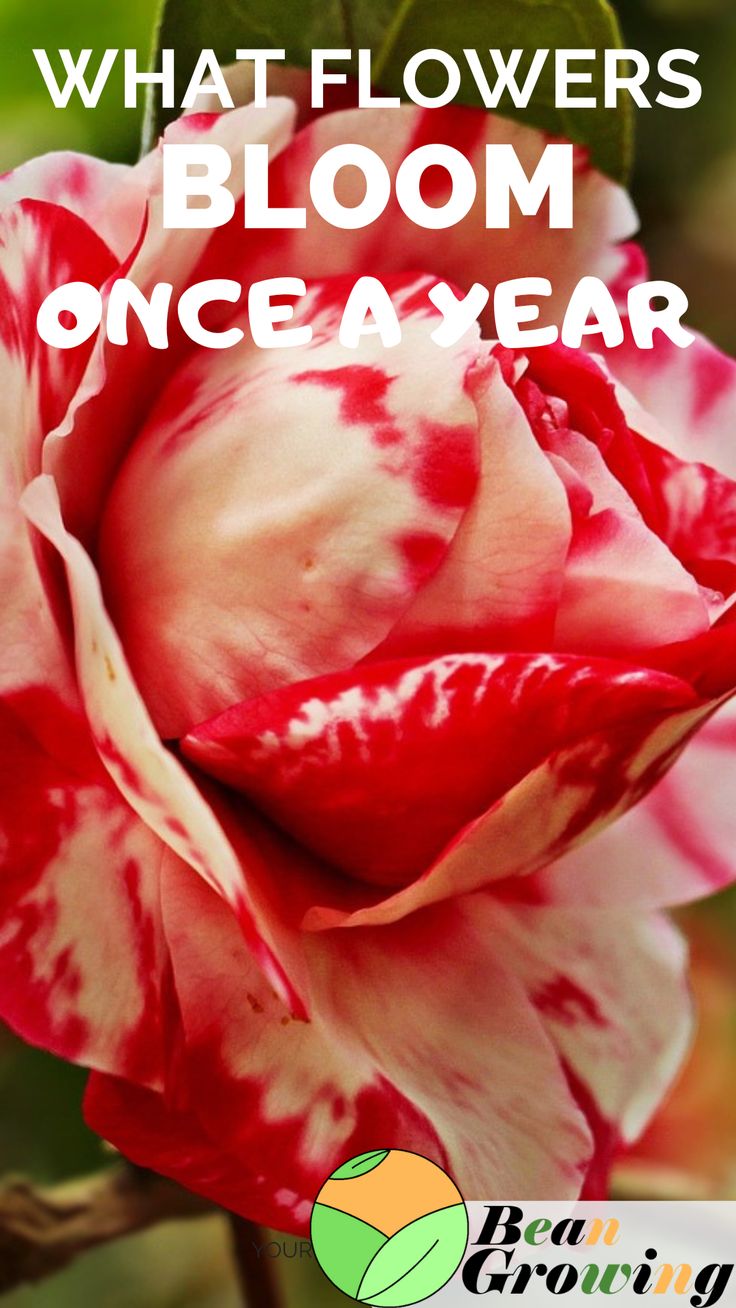**The Enigmatic Century Plant: A Blooming Wonder**
In the vast and diverse world of flora, few plants evoke as much intrigue and admiration as the century plant, scientifically known as Agave americana. This succulent, often confused with traditional cacti, captures the imagination of botanists and gardeners alike due to its extraordinary blooming cycle. The phenomenon of a century plant blossoming only once every 100 years symbolizes patience and the ephemeral nature of life. The rare event of flowering is not just a captivating spectacle; it is also a testament to the resilience and longevity of this remarkable species.
**Understanding the Lifecycle of the Century Plant**
To fully appreciate the rarity of the century plant’s bloom, one must delve into its lifecycle. Agave americana typically takes anywhere from 10 to 30 years to reach maturity, after which it engages in a spectacular display of reproductive potential. Once the plant is fully grown, it sends up an impressive flower stalk that can soar to heights of over 30 feet. The stalk brims with yellow or white flowers, succumbing to gravity’s pull as it stretches towards the sky. The flowering marks the culmination of its life cycle; once it has produced seeds and completed its biological purpose, the parent plant perishes.
While the flowering process may invoke an air of finality, it also propagates new generations of century plants. The seeds produced can disperse across large distances, establishing new colonies in various locales. Thus, despite its dramatic life cycle and kinetic bloom, the century plant ensures its legacy endures through progeny.
**The Adaptive Features of the Century Plant**
The century plant has adapted remarkably to its arid environment. Thriving in deserts and dry, rocky soils, it possesses fleshy leaves that store water and help it survive prolonged droughts. The rosette of spiny-edged leaves creates a dense barrier against herbivores, protecting the precious, nutrient-rich resources within. Furthermore, the plant’s deep and extensive root system allows it to tap into underground water sources, making it an expert at survival in challenging conditions.
Apart from its survival mechanisms, the century plant’s unique aesthetics play an essential role in its appeal. The lush, architectural foliage forms striking rosettes, and its dramatic flowering stalk can easily become a focal point in any landscape. These traits distill the essence of beauty in resilience, echoing nature’s ability to adapt and thrive against the odds.
**Cultural Significance and Uses of the Century Plant**
Throughout history, the century plant has held various significances across cultures. Indigenous peoples of North America have utilized the plant for centuries, capitalizing on its fibrous leaves to produce cordage, textiles, and even footwear. The sweet sap, known as aguamiel, has been harvested to create a traditional alcoholic drink called pulque, revered for its intoxicating properties and cultural relevance.
In modern times, this plant has garnered attention not merely for its remarkable flowering but also as an ornamental specimen in gardens. Landscapers appreciate the dramatic flair it adds to xeriscaping projects, where water conservation is prioritized. Beyond aesthetic contributions, several herbalists explore the therapeutic potential of century plant extracts, tapping into its purported health benefits for skin and digestive issues.
**Conservation and the Future of the Century Plant**
As climate change and urban development threaten natural habitats, the preservation of species such as the century plant becomes paramount. While the plant may appear resilient, its slow growth and lengthy maturation mean that rapid environmental changes could jeopardize its populations. Conservationists advocate for sustainable gardening practices, ensuring that such iconic plants continue to grace our landscapes.
Botanical gardens serve as vital sanctuaries for the century plant, enabling researchers to study its ecological significance and promote public awareness about its rarity. Furthermore, shared gardening spaces can facilitate the cultivation of this plant, fostering an appreciation for nature’s wonders and inspiring future generations to engage with horticulture and conservation efforts.
**The Anticipation: Waiting for the Blooms**
The rarity of a century plant’s bloom entails an unspoken pact between nature and observers; one must possess patience and reverence for life’s ephemeral moments. The journey toward witnessing the bloom of Agave americana is fraught with anticipation, as decades pass and plants silently grow, unseen. Each bloom becomes a treasured occasion, a celebration of its existence, drawing enthusiasts and casual observers alike.
Such moments remind us of the passage of time and the enduring cycles inherent in nature, urging us to reflect on our connections with the botanical world. The century plant serves as an exotic emblem of longevity and transformation, engaging our imaginations as it encapsulates the delicate artistry woven into the threads of nature’s fantastic tapestry.
In conclusion, the story of the century plant transcends mere botany; it serves as a poignant reminder about the beauty of waiting and the importance of nurturing our planet’s precious ecosystems. As we strive to protect and cherish our environmental legacy, we must also recognize the intricate relationships that bind us to the plant kingdom, particularly to unique and rare specimens like Agave americana.





Leave a Comment